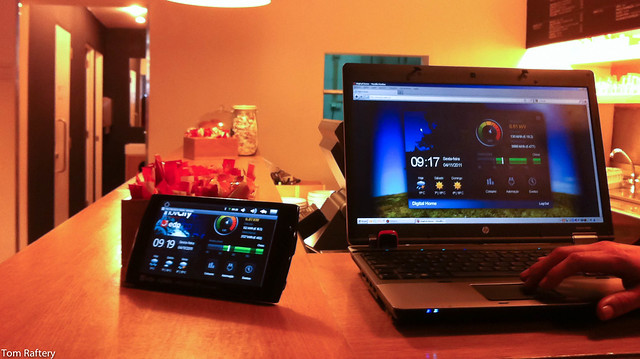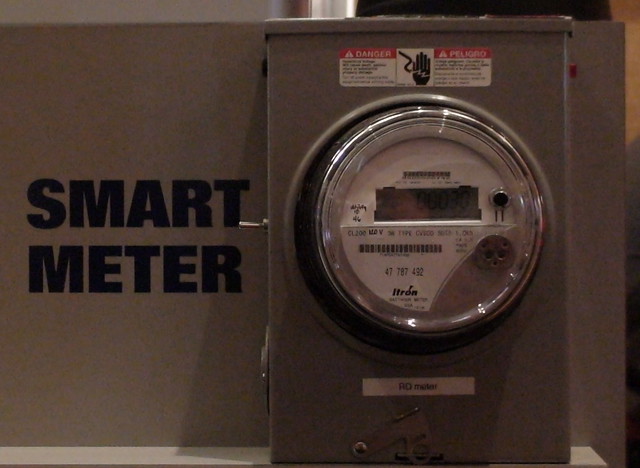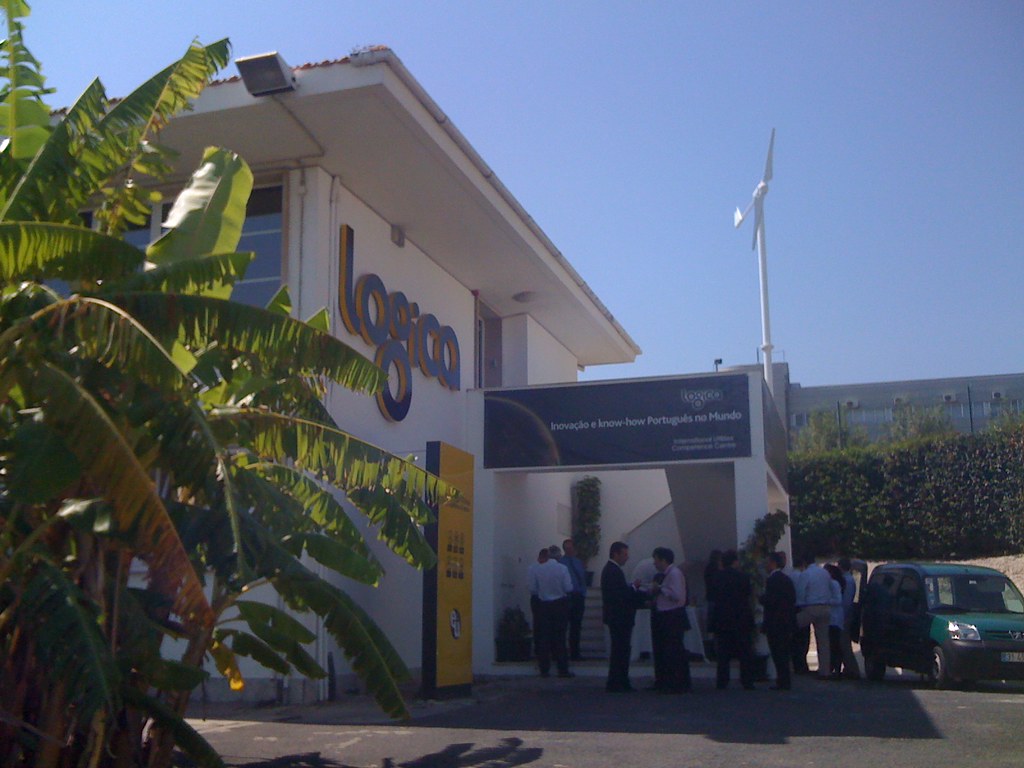Back in 2009 I remember attending Logica’s analyst day in Lisbon and being very impressed with their Renewables Management System (RMS) – a windfarm management desktop application which was at the time managing a live feed of 300-400 data points from 2,000 wind turbines all over the Iberian peninsula.
Logica has since gone through a merger/acquisition process and is now known as CGI. I’m not sure what the status of their RMS solution is now, but I was reminded of it when I attended SAP TechEd in Las Vegas recently.
At the event SAP’s Benjamin Wesson gave me a demonstration of an internet of things (IoT) solution SAP have developed. The demo app, as can be seen in the video above, showcases how a windfarm manager can manage remote (even offshore) windturbines, see the status of any errors, create/manage trouble tickets, see schematics, and deploy resources based on proximity and availability. All from a tablet.
As we head into an era where more and more devices are being connected to the Internet, creating this Internet of Things, we enter a time when we can interact with and control everything from large offshore windfarms, to light switches in our home, from our device of choice (computer, tablet, smartphone).
The implications of this are still far from clear, but it is plain to see that apart from the legitimate security and privacy concerns, the ability to measure and take charge of equipment at all times from wherever has massive potential ramifications for efficiency. Everything from “Did I leave the light on?”, to, “Do I need to alter the angle of that blade on that 6MW wind turbine in the North Atlantic?” can now be asked and answered from the screen of your device of choice.
If you want to learn more about the Internet of Things, I recommend you head along to our ThingMonk conference in London on Dec 3rd next. Benjamin Wesson will be speaking there, as will some other awesome speakers, and there’ll be great demo’s as well.
And if you can’t make it along, we plan to video as many of the talks as possible for subsequent publication.








